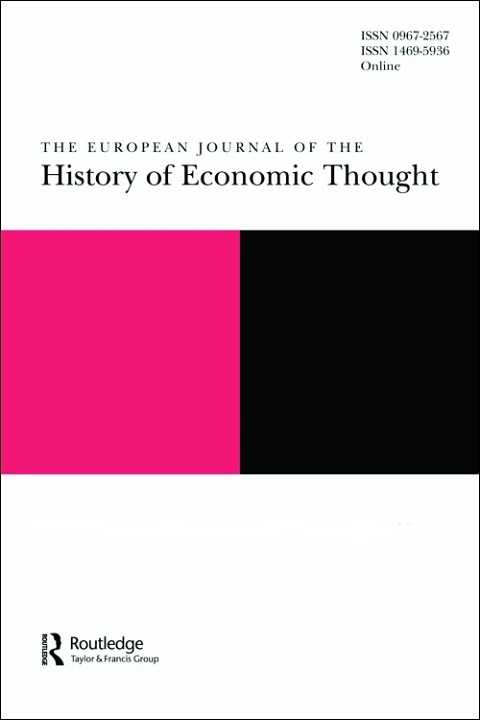
The European Journal of the History of Economic Thought
Volume 18, Issue 2, May 2011
Pages 175-202
- DOI: 10.1080/09672567.2011.564788
- Print ISSN: 0967-2567
- Online ISSN: 1469-5936
R.G. Hawtrey on the national and international lender of last resort
Abstract
This paper traces R.G. Hawtrey's main contributions to the theory of the lender of last resort (LLR), both national and international (ILLR). This theory is a continuation of one of the traditions of the classical period, started by Henry Thornton, which differs in important points from that of Walter Bagehot. In their treatment of the classical concepts the authors partly depart from the interpretation of Thomas M. Humphrey, who considers that Thornton and Bagehot have basically the same approach about LLR. Hawtrey renewed Thonton's views and extended the concepts to new problems, including the ILLR. Hawtrey built a model of LLR in a dynamic macroeconomic model that includes the Cambridge market for cash balance and introduces the bases of a theory of ILLR, describing the sequence of twin crisis, exchange and banking crisis, thus explaining the difficulties for an ILLR to act on the currency market without taking the risks involved, in a situation completely different to the one faced on the money market by the national LLR.
Related Searches
Keywords
Subjects
Currents of Thought
Periods
- 1871-1914. Development of Major Contemporary Currents of Thought: Marginalism, Institutionalism, Historicism and Socialism
- Post-1914